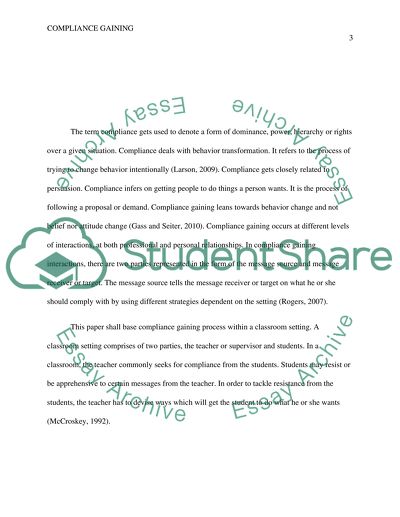Cite this document
(“Compliance Gaining in a Classroom Setting Essay”, n.d.)
Compliance Gaining in a Classroom Setting Essay. Retrieved from https://studentshare.org/psychology/1446218-read-description
Compliance Gaining in a Classroom Setting Essay. Retrieved from https://studentshare.org/psychology/1446218-read-description
(Compliance Gaining in a Classroom Setting Essay)
Compliance Gaining in a Classroom Setting Essay. https://studentshare.org/psychology/1446218-read-description.
Compliance Gaining in a Classroom Setting Essay. https://studentshare.org/psychology/1446218-read-description.
“Compliance Gaining in a Classroom Setting Essay”, n.d. https://studentshare.org/psychology/1446218-read-description.


